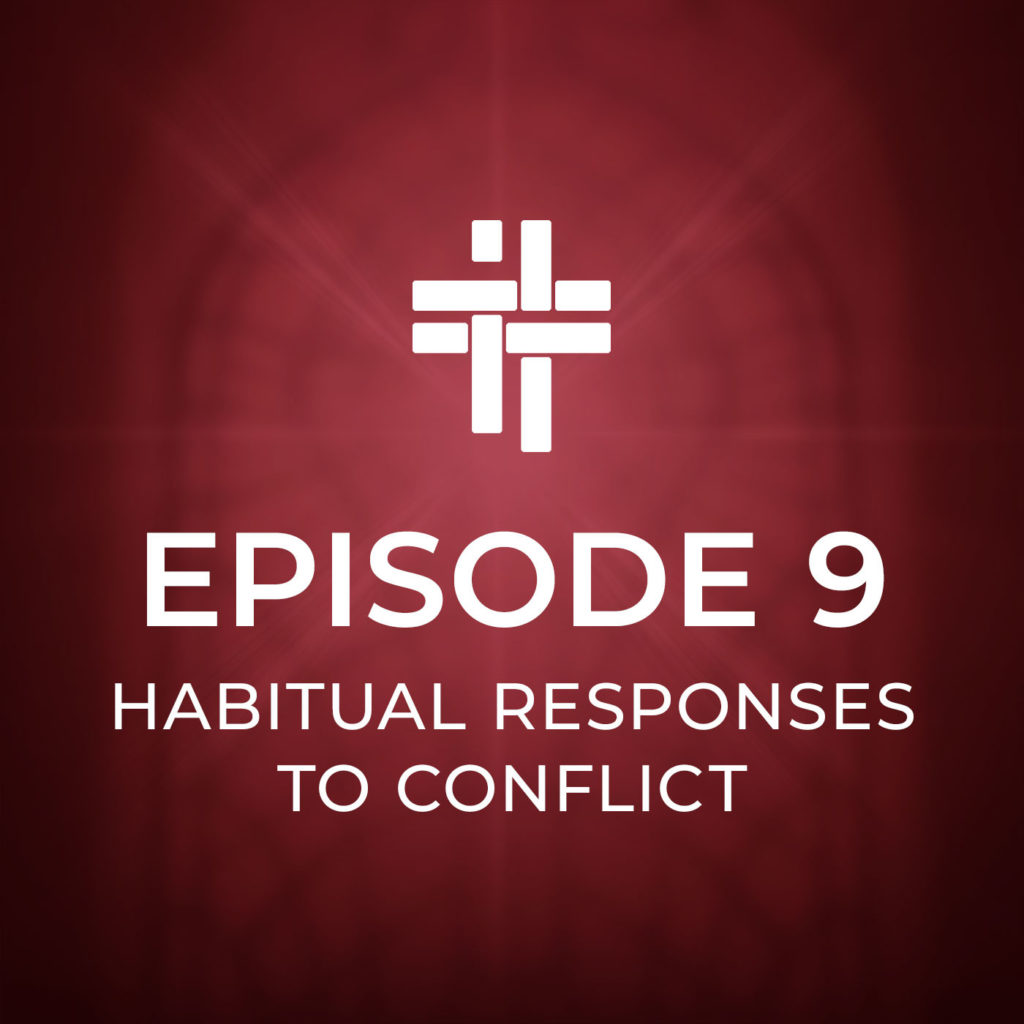In the last episode, I argued that all conflict was the result of a clash of False Selves. Such False Selves operate with a degree of autonomy and often seem to be out of our control. They remind us of Saint Paul’s warning when he writes: “For I do not do the good I want, but I do the evil I do not want. Now, if I do what I do not want it is no longer I who do it, but sin that dwells in me.”


